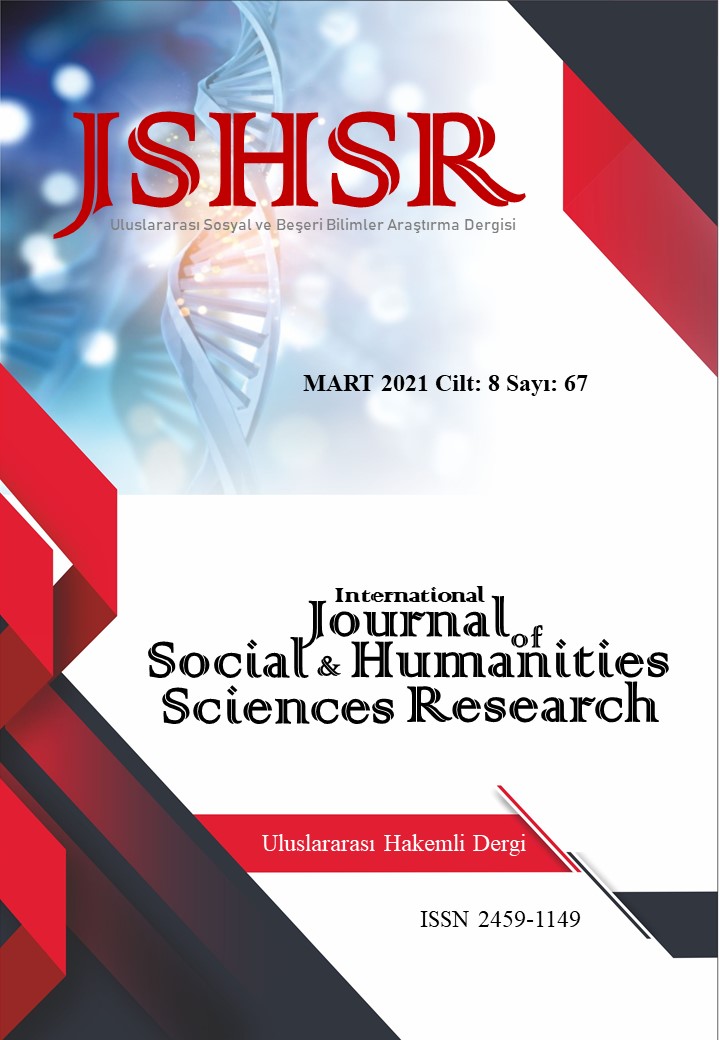NETFLIX AS AN INSTRUMENT OF THE GLOBAL SOVEREIGN SYSTEM
DOI:
https://doi.org/10.26450/jshsr.2400Abstract
According to both Mainstream and Critical Mass Communication theorists, it is known that one of the main functions of the media is creating a new culture. In this context, it cannot be ignored that the media plays an important role in ensuring the ideological and cultural dominance of the globalizing capitalist system over societies. It is not possible to think that global broadcasting mass media and broadcasting platforms are not part of the new world order plan of the global dominant system. A mental transformation movement that has been going on for 500 years-the attempt to dominate the modern / secular mentality at the global level-imposes a different and new gender culture by transforming and developing the strategies of the past century in digital environments by destroying and replacing it with media contents. Netflix presents the ideological values of capitalist imperialism to the masses in a new language and format, especially for the consumption of young generations. With themes that open up homosexuality and classical family structures to discussion; In each TV series and movie, he innocents him as a natural behavior by extracting distorted sexualities from traditional structures. Netflix serves in the New World Order as the global showground for the construction of a society in which perverse desires are normalized and liberalized in all areas. On the one hand, it gives different meanings to the adolescent problems of the young generations with fetishist contexts, on the other hand, it produces "legitimacy" and "tolerance" that "normalize" their deviant behaviors. In this study, some Netflix TV series (Movies) will be analyzed on the basis of Critical Communication Theories.
Downloads
Published
How to Cite
Issue
Section
License
Copyright (c) 2021 INTERNATIONAL JOURNAL OF SOCIAL HUMANITIES SCIENCES RESEARCH

This work is licensed under a Creative Commons Attribution 4.0 International License.


